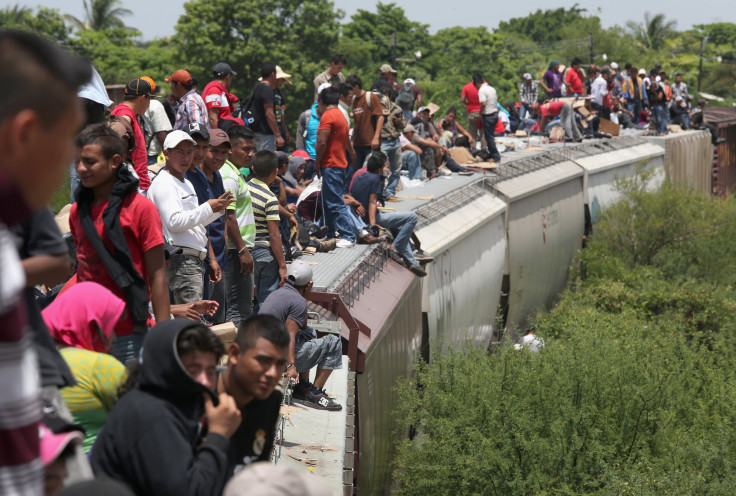Central America Border Crisis: 11,000 Migrants Deported Since October As Children, Families Flee Violent Countries

Amid an ongoing surge of Central Americans crossing into the United States, U.S. Secretary of Homeland Security Jeh Johnson has confirmed that 11,000 migrants have been deported since October — a much higher number of people than the 1,100 people who have been allowed to remain in the country under the Central American Minors Program.
Johnson confirmed the rate after a trip last week where he met with the leaders of Honduras and El Salvador, President Juan Orlando Hernández and President Salvador Sánchez Cerén, respectively. He reiterated the department’s hard stance on irregular and undocumented arrivals from the countries, which have experienced economic and social turmoil in the past several years.
“We must enforce U.S. immigration laws consistent with our enforcement priorities, and we will continue to do so. Accordingly, in both El Salvador and Honduras, we continue to send migrants who have been ordered deported home at a rate of around six flights a week, each,” Johnson said in a statement released Sunday after his trip.
Johnson’s statement noted that Homeland Security has received over 7,000 requests for refuge under the Central American Minors Program (CAMP). Earlier this year, there were signs that the 2014 migrant crisis, which saw tens of thousands of migrants showing up at the U.S. southern border coming from Central America, might be set to repeat. In the final three months of 2015 there were 21,469 people detained by border agents while traveling there — nearly triple the number from the same period in 2014.
United States immigration policies under CAMP provide select asylum-seekers from Honduras, El Salvador and Guatemala safe passage to the U.S. That program favors unmarried children under the age of 21 who reside in their country of nationality. Some family members are also eligible.
The security situation in Honduras has deteriorated in the past eight years, and the country has one of the highest homicide rates in the world. Murder rates increased 50 percent between 2008 and 2011. A military coup was led there in 2009.
El Salvador, too, has one of the highest homicide rates in the world, and the situation could be getting worse. The first two months of this year resulted in 1,399 murders. That was double the number from the same period in 2015.
© Copyright IBTimes 2024. All rights reserved.






















